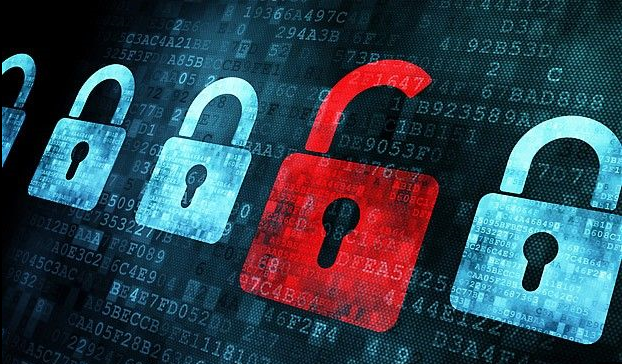Discovery Can’t Be Stayed While Motion to Dismiss is Considered, Court Says: eDiscovery Case Law
In Udeen v. Subaru of America, Inc., No. 18-17334(RBK/JS) (D.N.J. Mar. 12, 2019), New Jersey Magistrate Judge Joel Schneider denied the defendants’ request that all discovery be stayed until their Motion to Dismiss is decided, but, with the proviso that only limited and focused discovery on core issues would be permitted.
Case Background
In this nationwide class action with allegations that the defendant’s defective infotainment system creates a safety hazard, the defendants filed a Motion to Dismiss on February 28, 2019 and requested that all discovery be stayed until their motion was decided. The plaintiffs opposed the defendants’ request, so the Court received the parties’ letter briefs and held oral argument.
Judge’s Ruling
In evaluating the defendant’s motion, Judge Schneider said: “The Court agrees that plaintiffs will be prejudiced if all discovery is stayed while waiting for defendants’ motion to be decided. Given the extensive briefing on defendants’ motion and the expected time it will take for the motion to be decided, the case will be in suspense for months if defendants’ request is granted. Having filed their complaint plaintiffs have a right to move forward… This is especially true in a case where plaintiffs claim the alleged defect in defendants’ vehicles is a safety hazard. Further, the longer the case languishes the greater chance exists that relevant evidence may be lost or destroyed.”
Judge Schneider also noted: “Defendants’ concern about ‘extremely expensive’ discovery is overblown. As is always the case, the Court expects to closely manage discovery to assure that plaintiffs’ efforts are proportional. Further, contrary to defendants’ argument, a discovery stay will not simplify the issues for trial. In fact, the opposite is true. The parties initial discovery will focus on the core issues in the case to assure that only the most relevant and important discovery is produced. This discovery will be produced no matter what claims remain in the case. The discovery will serve to educate plaintiffs concerning the most important individuals and issues in the case. In the long run the Court expects defendants to benefit from this staging so that the parties do not chase discovery ‘down a rabbit hole.’”
As a result, Judge Schneider stated: “After examining all relevant evidence, the Court finds the relevant factors weigh in plaintiffs’ favor and, therefore, the Court will deny defendants’ request to stay all discovery.” So, Judge Schneider ordered both the defendants and plaintiffs to produce certain documents and for the parties to meet and confer regarding certain other documents, noting: “The Court also finds that defendants’ documents in Japan are not necessarily off-limits. However, the Court is concerned plaintiffs’ requests are too broad. The Court will only permit narrow and focused discovery requests asking for core information. The parties meet and confer discussions shall also address plaintiffs’ request for third-party discovery. To the extent the parties cannot agree on the discovery to be produced, simultaneous letter briefs shall be served by April 15, 2019”.
So, what do you think? Should discovery ever be stayed because a motion to dismiss is pending? Please let us know if any comments you might have or if you’d like to know more about a particular topic.
Hat tip to Jeff Dreiling and the Complete Legal blog for the tip about the case!

Case opinion link courtesy of eDiscovery Assistant.
Sponsor: This blog is sponsored by CloudNine, which is a data and legal discovery technology company with proven expertise in simplifying and automating the discovery of data for audits, investigations, and litigation. Used by legal and business customers worldwide including more than 50 of the top 250 Am Law firms and many of the world’s leading corporations, CloudNine’s eDiscovery automation software and services help customers gain insight and intelligence on electronic data.
Disclaimer: The views represented herein are exclusively the views of the author, and do not necessarily represent the views held by CloudNine. eDiscovery Daily is made available by CloudNine solely for educational purposes to provide general information about general eDiscovery principles and not to provide specific legal advice applicable to any particular circumstance. eDiscovery Daily should not be used as a substitute for competent legal advice from a lawyer you have retained and who has agreed to represent you.








